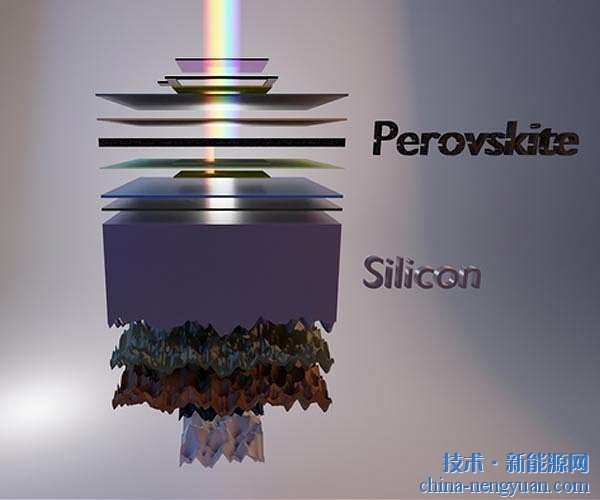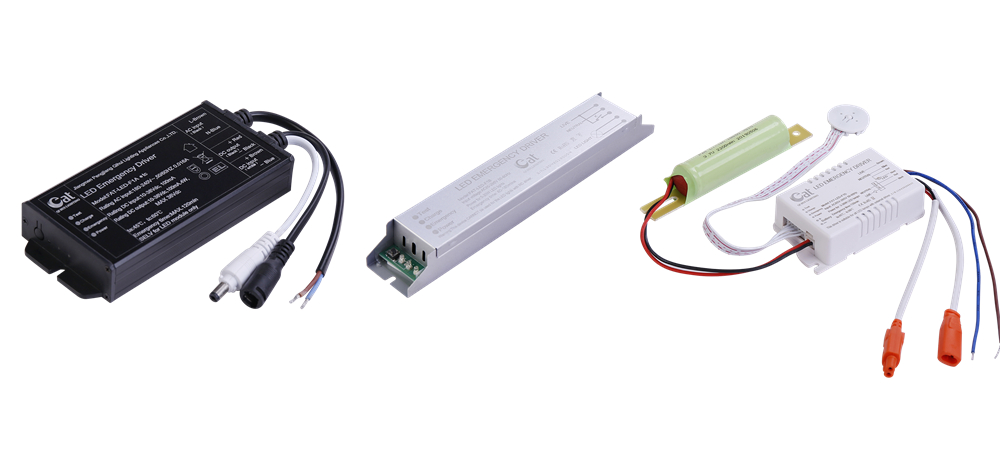Fan blades are a critical component of wind turbines, accounting for over 20% of the total cost of the system. As global wind energy development progresses, larger and more advanced blades—often exceeding 70 meters in length—are becoming the new standard in the industry. These blades must endure extreme mechanical stresses, including bending, compression, and tension, during operation. Therefore, selecting the right material is essential to ensure durability, performance, and cost-effectiveness. Traditional materials used in blade manufacturing, such as fiberglass-reinforced polymers, have limitations when it comes to strength, weight, and environmental resistance. To address these challenges, researchers are exploring advanced materials like carbon nanotube (CNT)-polymer nanocomposites. These materials offer exceptional mechanical, thermal, and electrical properties, making them a promising alternative for next-generation wind turbine blades. The Polymer Composites Team at the Environmental Science and Technology Research Institute, Xinjiang Institute of Physics and Chemistry, Chinese Academy of Sciences, has conducted extensive research on the potential of CNT-polymer composites for use in fan blades. Their studies show that even a small addition of CNTs (less than 1.0 wt%) can significantly enhance the properties of the base polymer. For example, adding just 0.5% CNTs to an epoxy resin can boost thermal conductivity by more than 80%, improving heat dissipation and overall performance. Moreover, CNTs contribute to improved mechanical properties, such as increased stiffness, strength, and fatigue resistance. They also enhance interfacial bonding between fibers and the matrix in fiber-reinforced composites (FRP), leading to better structural integrity. This makes them ideal for applications where high-performance and long-term reliability are crucial. In addition to mechanical benefits, CNT-polymer nanocomposites offer multifunctional capabilities. Their excellent electrical conductivity allows for the integration of smart sensing systems that can monitor internal damage or structural changes in real time. This opens up new possibilities for predictive maintenance and extending blade lifespan. Furthermore, these materials can improve lightning protection, moisture resistance, and thermal stability—key factors in ensuring reliable operation under harsh weather conditions. The findings from this study were published in *Renewable and Sustainable Energy Reviews* in 2014 (Volume 30, Pages 651–660). The research was supported by the "Light of the West" program of the Chinese Academy of Sciences and the National "Thousand Talents Program." This work highlights the growing importance of nanotechnology in advancing renewable energy solutions and paves the way for more efficient and durable wind turbine designs in the future.
LED emergency driver has been widely used in LED lamps , which can be used not only as an emergency when the power grid is off , but also as an energy saving use . The housing material of LED emergency power supply is divided into aluminum alloy housing , stainless steel housing and ABS housing . The LED emergency kit is suitable for LED lights of different powers to be used at AC85-265V wide voltage , and equipped with high quality rechargeable lithium ion battery . It has a wide range of applications such as home , commercial buildings , offices , hospitals , schools etc .
Emergency Devices,Led Emergency Kit,Led Emergency Driver,Emergency Backup Lights, LED Emergency Module Jiangmen City Pengjiang District Qihui Lighting Electrical Appliances Co., Ltd , https://www.qihuilights.com
